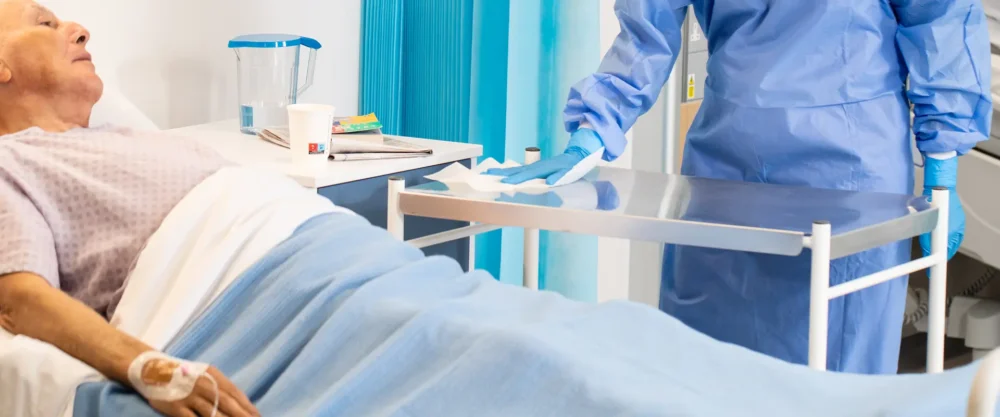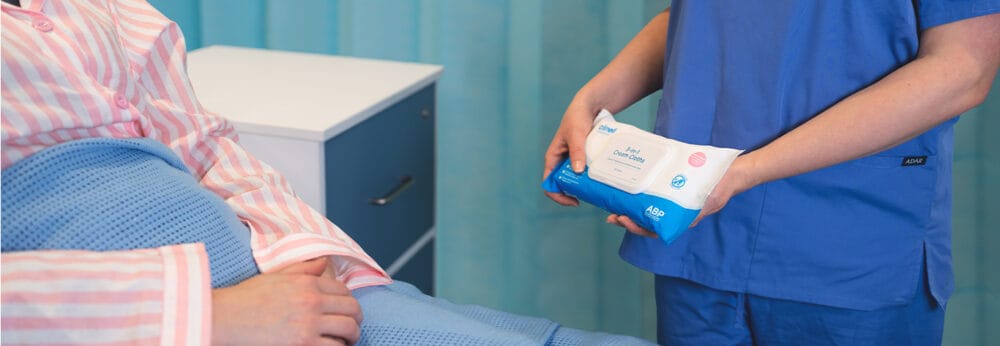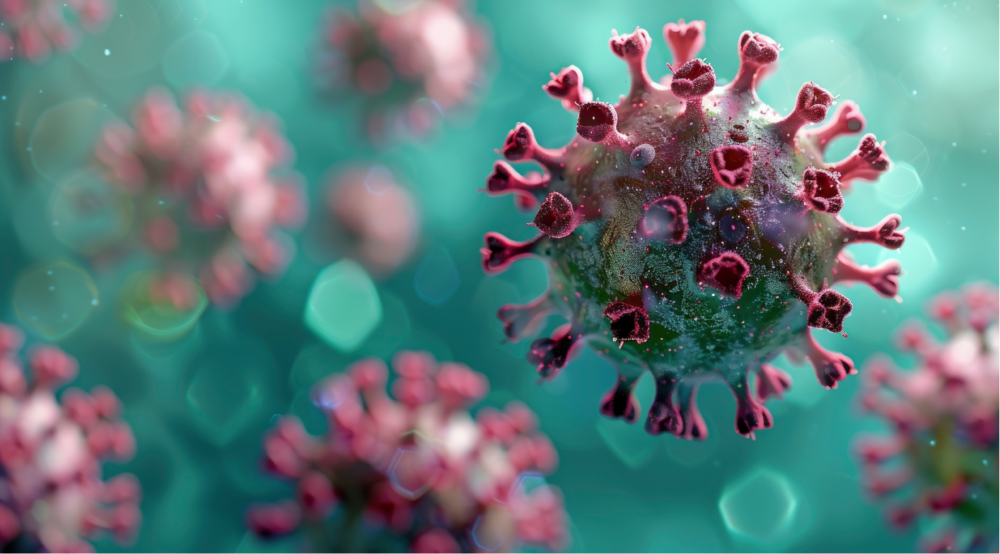Posted
28th September 2023
Research
Contamination of equipment and surfaces can happen at any moment during a procedure.
Whilst decontamination of surfaces and equipment before a procedure is proven to remove potentially harmful pathogens, it is just as vital they are decontaminated post- procedure to decrease the risk of transmission and Healthcare Associated Infections (HAIs) occurring. This also mitigates the risk that the next person to use the equipment may forget or omit pre-procedure decontamination.
Surfaces can become contaminated with microorganisms through patient shedding and direct contact with contaminated hands and equipment. During medical procedures, surfaces are also susceptible to contamination through the dispersion of particles via droplets and aerosolisation. These surfaces can provide the perfect environment for pathogens to grow, intensifying the risk of HAIs. Effective post-procedure decontamination becomes a crucial step to minimise infection transmission and prioritise patient, resident and healthcare worker safety.

The Infection Prevention and Control (IPC) ‘Moments that Matter’ campaign underlines the critical role of seemingly routine tasks in infection prevention. Whether it involves decontaminating an operating table, medical equipment, or the surrounding area, post-procedure decontamination emerges as a pivotal step to eradicate potential pathogens from the environment.
Post-procedure decontamination, is a critical component of infection control efforts. By addressing this proactively, healthcare facilities can significantly reduce the risk of HAIs and prioritise the safety and well-being of patients and residents.
For further information, we invite you to explore our campaign, IPC ‘Moments that Matter’, where you can find valuable resources. Find out more here >
Reference
Alhmidi, H., Cadnum, J. L., Koganti, S., Jencson, A. L., Rutter, J. D., Bonomo, R. A., Wilson, B. M., Mayer, J., Samore, M. H., & Donskey, C. J. (2019). Shedding of methicillin-resistant Staphylococcus aureus by colonized patients during procedures and patient care activities. Infection Control and Hospital Epidemiology, 40(3), 328–332. https://doi.org/10.1017/ice.2018.342
SHARE THIS ARTICLE
Tags
Latest News
Advancing Continence Care with Clinell Contiplan: Expanded Indications, Pathways and Proven Outcomes
This World Continence Week, Clinell Contiplan 3-in-1 Cream Cloths introduce…
Celebrating 20 Years of GAMA Healthcare: Our Story
This month, GAMA Healthcare celebrates 20 years of helping prevent…
Norovirus and gastroenteritis outbreaks, the party ‘pooper’ you don’t want invited!
Recently, on 11 October 2024, NSW Health issued a health…
Clean Between to Reduce Healthcare-Associated Infections
Healthcare-associated infections (HAIs) are a significant concern for healthcare facilities…



